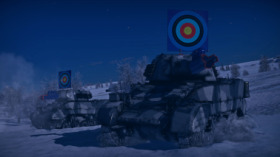
- For PC
- For MAC
- For Linux
- OS: Windows 10 (64 bit)
- Processor: Dual-Core 2.2 GHz
- Memory: 4GB
- Video Card: DirectX 11 level video card: AMD Radeon 77XX / NVIDIA GeForce GTX 660. The minimum supported resolution for the game is 720p.
- Network: Broadband Internet connection
- Hard Drive: 23.1 GB (Minimal client)
- OS: Windows 10/11 (64 bit)
- Processor: Intel Core i5 or Ryzen 5 3600 and better
- Memory: 16 GB and more
- Video Card: DirectX 11 level video card or higher and drivers: Nvidia GeForce 1060 and higher, Radeon RX 570 and higher
- Network: Broadband Internet connection
- Hard Drive: 75.9 GB (Full client)
- OS: Mac OS Big Sur 11.0 or newer
- Processor: Core i5, minimum 2.2GHz (Intel Xeon is not supported)
- Memory: 6 GB
- Video Card: Intel Iris Pro 5200 (Mac), or analog from AMD/Nvidia for Mac. Minimum supported resolution for the game is 720p with Metal support.
- Network: Broadband Internet connection
- Hard Drive: 22.1 GB (Minimal client)
- OS: Mac OS Big Sur 11.0 or newer
- Processor: Core i7 (Intel Xeon is not supported)
- Memory: 8 GB
- Video Card: Radeon Vega II or higher with Metal support.
- Network: Broadband Internet connection
- Hard Drive: 62.2 GB (Full client)
- OS: Most modern 64bit Linux distributions
- Processor: Dual-Core 2.4 GHz
- Memory: 4 GB
- Video Card: NVIDIA 660 with latest proprietary drivers (not older than 6 months) / similar AMD with latest proprietary drivers (not older than 6 months; the minimum supported resolution for the game is 720p) with Vulkan support.
- Network: Broadband Internet connection
- Hard Drive: 22.1 GB (Minimal client)
- OS: Ubuntu 20.04 64bit
- Processor: Intel Core i7
- Memory: 16 GB
- Video Card: NVIDIA 1060 with latest proprietary drivers (not older than 6 months) / similar AMD (Radeon RX 570) with latest proprietary drivers (not older than 6 months) with Vulkan support.
- Network: Broadband Internet connection
- Hard Drive: 62.2 GB (Full client)
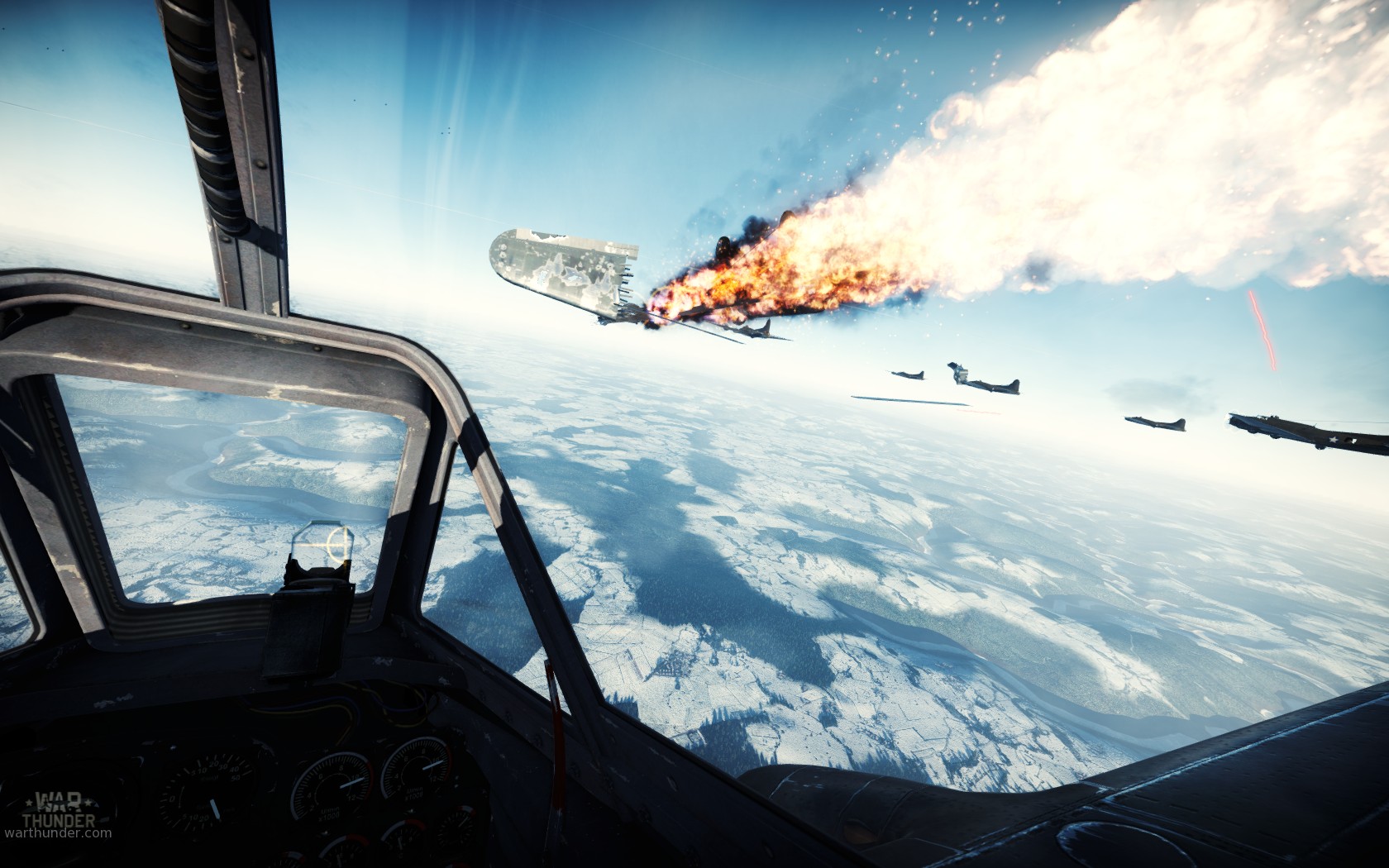 |
From 15.00 GMT on the 24th of July to 07.00 GMT on the 27th of July, 2015
[Event] Night attack of the USA aircraft on German factory
will be available on location Ruhr in RB mode - 'Guardian Angel'
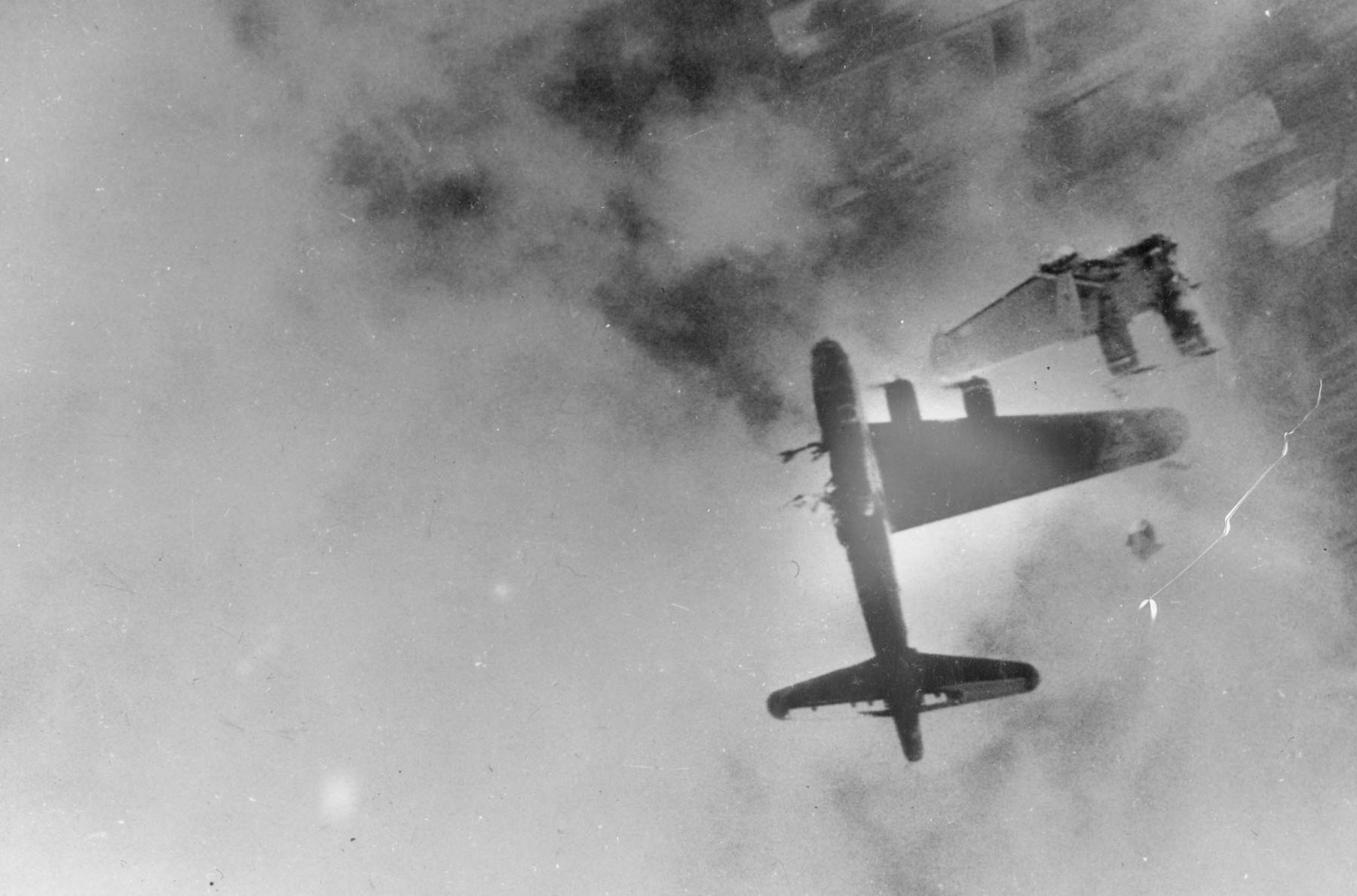 |
|
B-17 F destroyed by a Me 262 |
Schweinfurt was a location which played host to a very large amount of production for Nazi Germany at the onset of World War II, a location which allied forces acknowledged as significant. Because of this, a series of Allies strategic bombing raids took place, aimed at the destruction of the factories located in the city, which would cripple the production of new tanks and aircraft, and hence, reduce the efficiency of German forces to the Allies’ advantage.
Multiple raids took place with these intentions, but two of these raids: the Schweinfurt-Regensburg mission and the Second Raid on Schweinfurt, proved particularly costly for the United States Army Air Forces. On the 17th of August 1943, 230 B-17’s of the USAAF 8th Air Force, which were intended to be a second wave of bombers following another force attacking Regensburg, took part in an intense anti-aircraft barrage, along with over 300 defending fighter aircraft. As a result, only 184 of the B-17’s were able to bomb their target, and 36 failed to return to their bases in England. However, this raid resulted in a drop in production equalling a 34% cutback, and all, except the largest of these plants, were devastated by fire. Despite this, the bulk of existing industrial infrastructure had not been conducive to destruction by a single raid. Efforts to disperse the remaining machinery began immediately, and in response to this, the Luftwaffe began deploying large numbers of interceptors along the corridor to Schweinfurt.
After regaining strength, the 8th Air Force mounted a second attack on the 14th of October 1943. This time, it proved even more costly than the first, and hence, adopted the name “Black Thursday”. During this raid, in which 291 B-17’s took part, only 229 were able to bomb their target, and a total of 60 were lost. which was considered to have been a heavy amount of losses. Consequently, it was established that heavy losses such as those experienced by the 8th Air Force could not be sustained, and hence, unescorted bomber raids deep into Germany were suspended until 1944. In the February of that year, raids into Schweinfurt resumed, during what came to be known as “Big Week”.
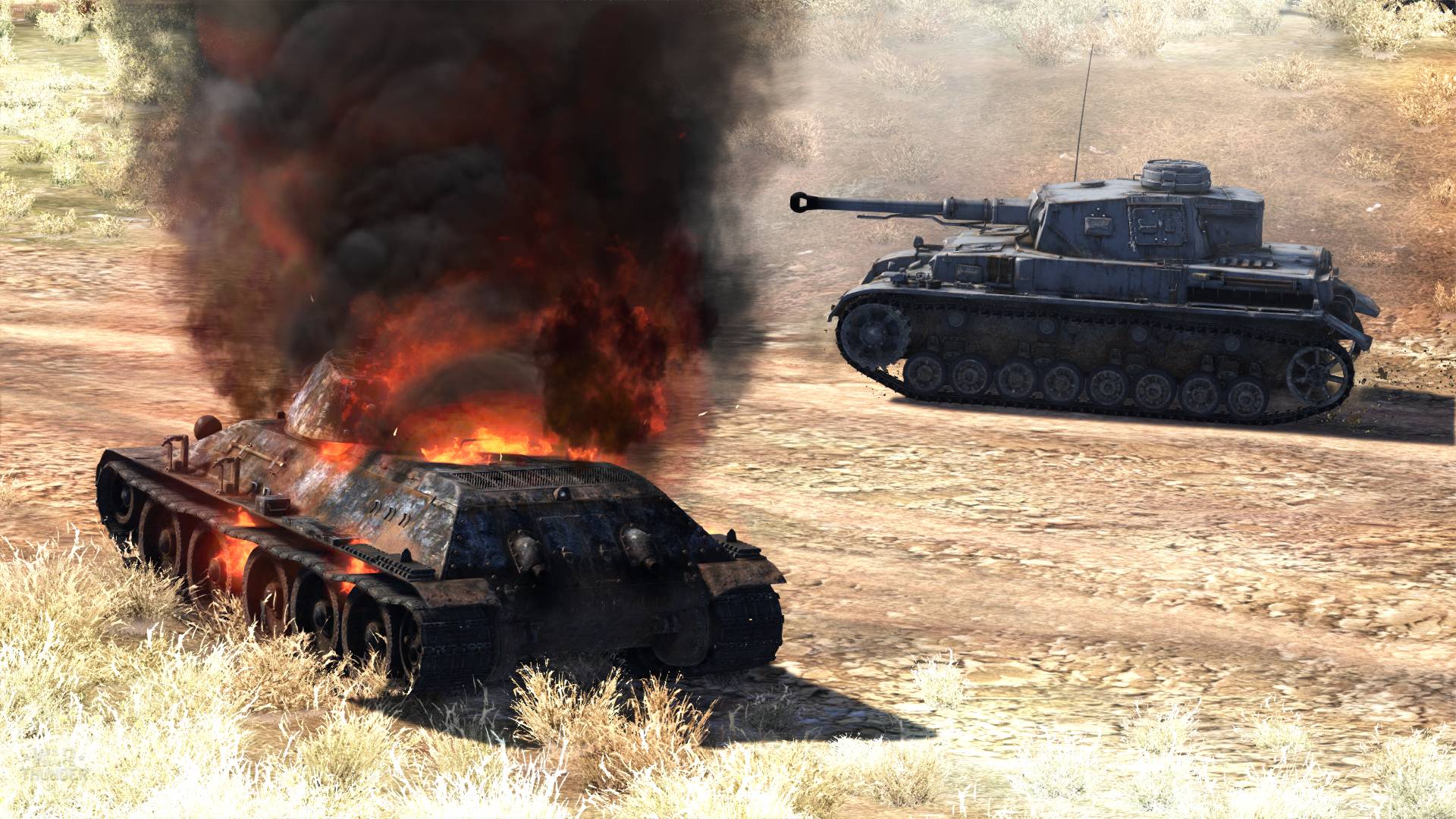 |
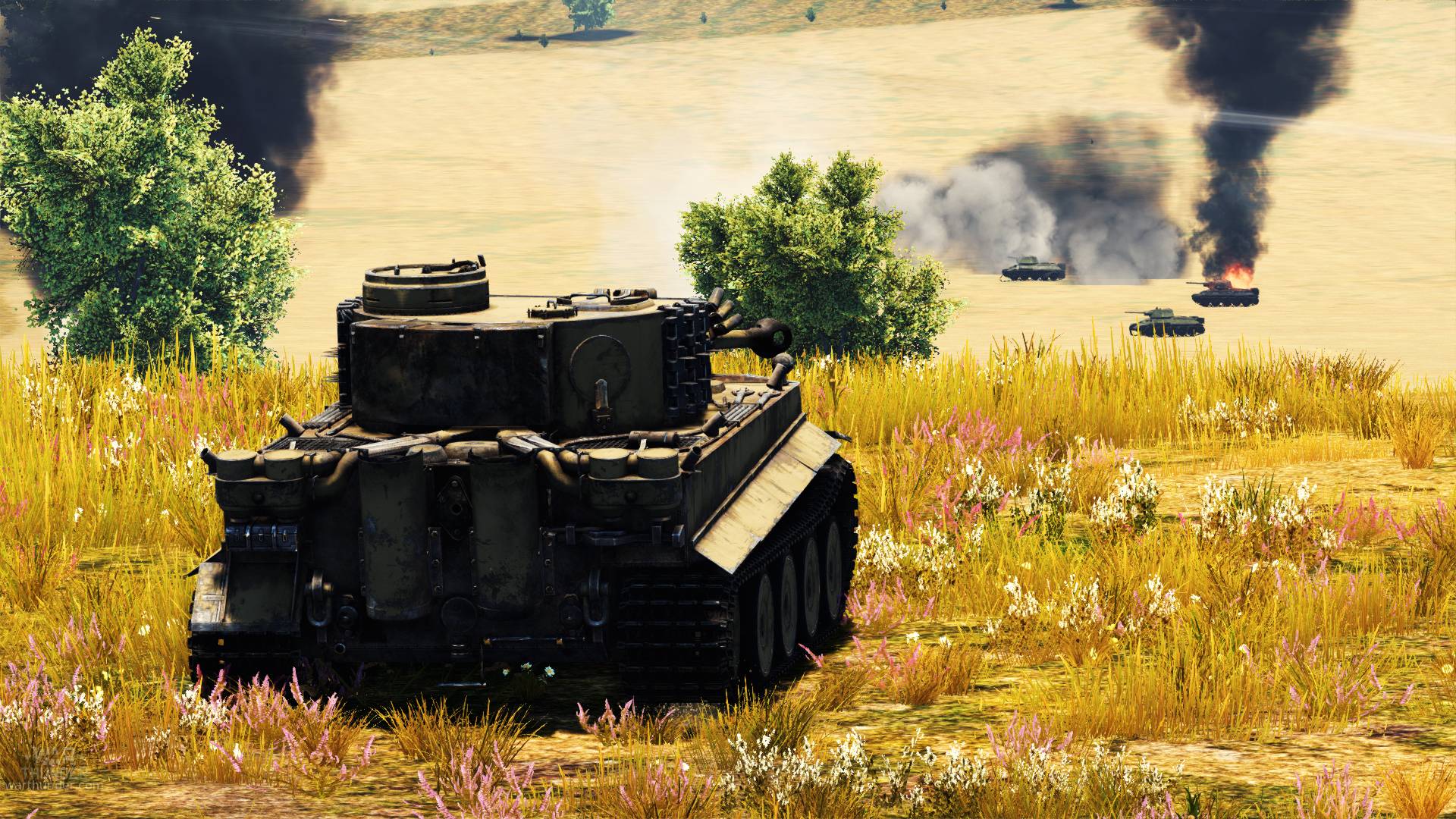 |
From 15.00 GMT on the 24th of July to 07.00 GMT on the 27th of July, 2015
[Event] 'Battle of the Caucasus' will be available on:
Mozdok - SB - Combined battle: ground vehicles + aircraft
Kuban - RB - Aircraft: Germany vs USSR
Kuban - AB - ground vehicles
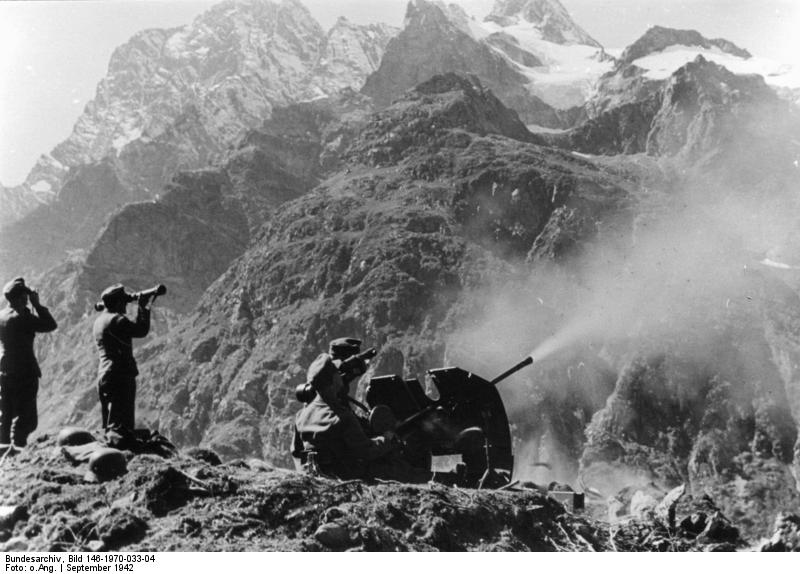 |
|
Gebirgsjäger during the Battle of Caucasus |
The Battle of the Caucasus refers to a series of operations which took place in the Caucasus area between Axis and Soviet forces, on the Eastern Front of World War II. From the German side, Operation ‘Edelweiss’ was planned in order to gain control of oil fields in Baku. This operation was authorised by Hitler on the 23rd of July 1942, and a large amount of preparation was made in order to carry out their plans. In fact, several German oil firms, which has been issued with leases to exploit the Caucasian oil fields, delivered large amounts of piping which would allow for oil transportation.
Bombing the oil fields had been forbidden, and so, this event was marked by considerable amounts of tank forces leading the battle. The main forces included Army Group A, the 1st Panzer Army, the 4th Panzer Army, the 17th Army, part of the Luftflotte 4, and the 3rd Romanian Army. About 1,000 aircraft from the 4th Air Fleet were also involved.
From the Soviet point of view, the Caucasus area had become a new established hub of industry. As the German Army launched operation Edelweiss, the rate at which their forces advanced slowed, as they entered the mountains of the Southern Caucasus area. Although German forces had been able to neutralize a Soviet counter-attack, they were placed on the defensive after Soviet breakthroughs occurred in the region around Stalingrad.
The Germans began to withdraw in 1943, due to setbacks in other regions. Now on the defensive, they hoped through consolidation and regrouping, they would be able to re-establish their positions to launch new operations in the Caucasus. No considerable gains were made though, and in September 1943, the fighting effectively ended when fresh withdrawals were made by the Germans.
The War Thunder Team



